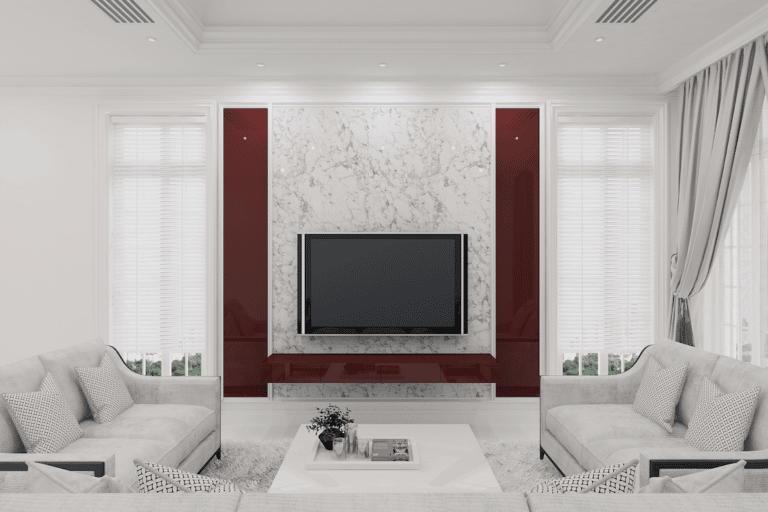Melamine vs High Pressure Laminates (HPL)

Melamine and high pressure laminates (HPL) – what are they, and how are they different? These questions are commonly posed by homeowners who are looking for a laminate supplier in Singapore to transform their house interiors using either one of the two surfacing materials. What they are really asking is which of these materials should they use for the multiple surface types?
In order to understand how high pressure laminates differ from melamine sheets, it is important to know about the two surfacing materials and what they really are.
What is Melamine?
Melamine or Low Pressure Laminate (LPL) is a thin, single melamine paper bonded to a substrate (usually craft wood or particleboard) to create low pressure laminates. It is manufactured under 200-350kg per square metre of pressure at a temperature of approximately 170?C-190?C.
Due to its low-pressure and high-temperature manufacturing process, melamine is best suited for vertical, low-impact or low wear applications. It is great for store fixtures, office furniture, shelves, entertainment consoles, and more.
What is High Pressure Laminates (HPL)?
High pressure laminates (HPL), on the other hand, are created through a multi-step process whereby multiple layers of kraft paper are bonded together by melamine and phenolic resins. These layers are then manufactured under 1,000kg per square metre of pressure at a temperature of approximately 140?C.
This results in high pressure laminates that have exceptional durability and are resistant to impact and scratches, making them suitable for both horizontal and vertical applications. As such, HPL is often used in both residential and commercial projects such as countertops, tables, vanity tops, and more.
Difference between Melamine and High Pressure Laminates
As mentioned above, melamine and high pressure laminates differ in terms of their manufacturing process. This results in two different surfacing materials that are suitable for different types of applications.
In terms of the pricing between melamine and high pressure laminates, the difference is quite difficult to compare because both surfacing materials are so different and offer varying advantages.
However, it can be said that melamine is a more affordable alternative, but it cannot perform at the same level as a high pressure laminate. This is also why high pressure laminates costs a bit more than melamine.
Advantages of Using Melamine vs High Pressure Laminates
Every manufactured product has its pros, and each materials (melamine and HPL) share similar advantages. Take a look at the table below for some of their similarities and differences:
|
Melamine |
High Pressure Laminates |
|
Ready to use |
Availability of customisation |
|
Resistant to cracks |
Resistant to impact and damage |
|
Resistant to scratches |
Resistant to scratches |
|
Available in various colours, patterns, and finishes |
Available in various colours, patterns, textures, and finishes |
|
Comes in a range of thickness |
Can be bonded to a wide range of substrates |
|
Suitable for vertical applications |
Suitable for vertical and horizontal applications |
|
Easy to maintain |
Easy to clean and maintain |
Thanks to the versatility of high pressure laminates, they are commonly preferred by interior designers as they can be used on both vertical and horizontal surfaces as well as in high traffic areas such as the kitchen, living room, bedroom – almost every room in the house except in the bathroom where the showerhead is.
At Jennings Laminates, we offer a wide variety of high-pressure laminates to give you the real deal at a more affordable price. View our full catalogue for more options and inspirations for your home!
